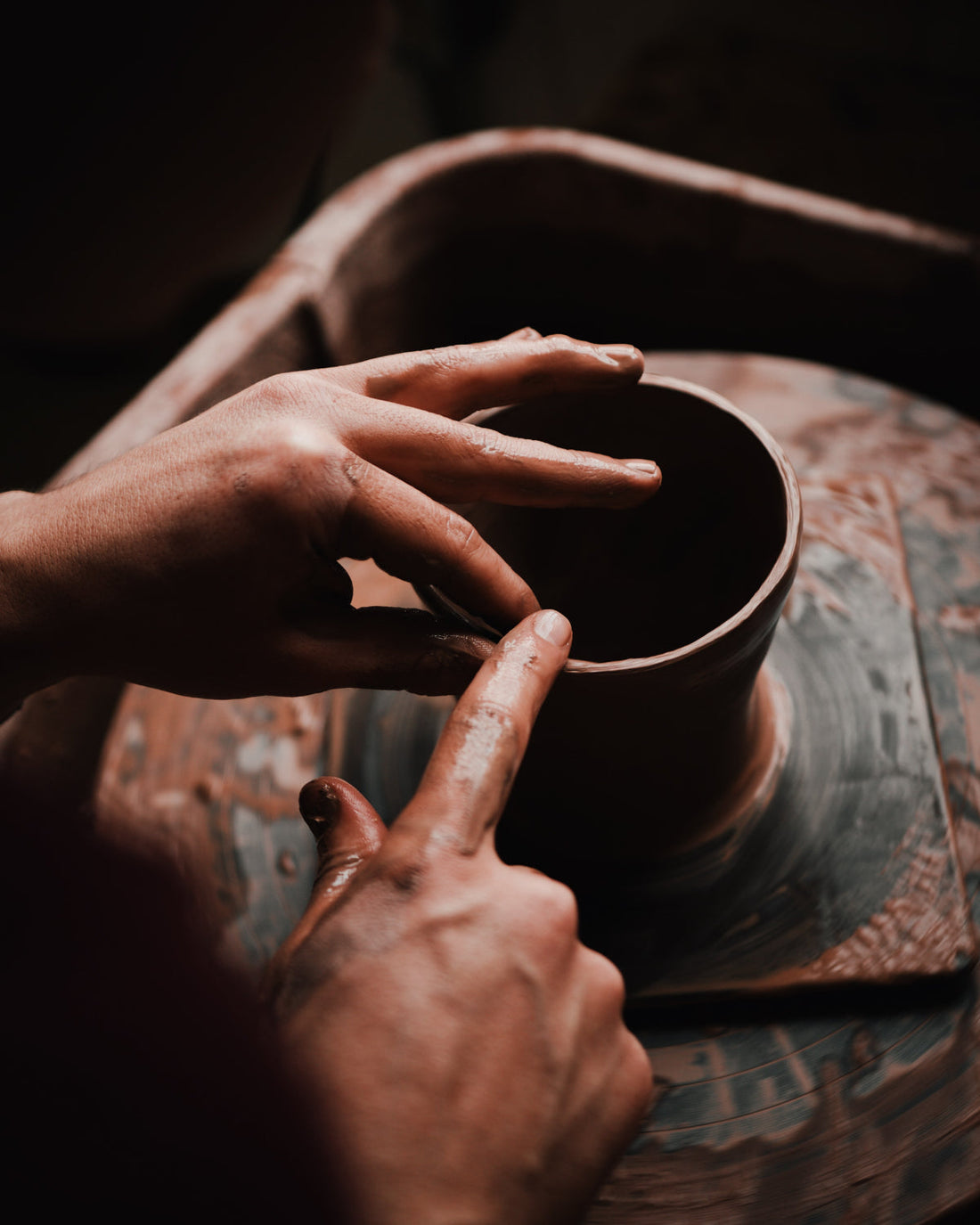
Best Cremation Urn Materials | Durable & Long-Lasting Options
Share
Introduction: Choosing an Urn That Lasts
When selecting a cremation urn, families often focus on design and symbolism. But one factor matters most: the material of the urn. The choice determines not only how long the urn will last, but also how well it protects ashes. Common questions arise, such as:
- What is the best material for an urn?
- Which urn material is the most durable?
- How long do ashes last in an urn?
This guide explores the different urn materials, their strengths, and the situations where each option works best.
Metal Urns: Strong and Timeless
One of the most durable choices, metal urns are crafted from aluminum, brass, bronze, or stainless steel.
-
Why choose metal?
These urns are built to last for centuries. They resist corrosion, offer secure sealing, and often feature polished or engraved finishes. -
Best uses:
Ideal for families wanting long-term preservation or burial in a vault.
When people ask “what type of urn lasts the longest?”, metal urns are always among the top answers.
Wooden Urns: Natural Beauty
If warmth and tradition matter, wood urns are a wonderful choice. They come in oak, maple, mahogany, and rosewood.
-
Advantages:
Every piece has a unique grain pattern. Wood urns can be personalized with carvings or engravings, making them deeply personal. -
Things to know:
Wood should be kept indoors since it is sensitive to moisture. -
Best uses:
Perfect for display in homes, memorial corners, or niches in columbariums.
Stone Urns: Built for Eternity
For unmatched durability, stone urns such as granite, marble, or onyx are unmatched.
-
Why stone stands out:
Resistant to weather, water, and time itself. These urns can last for thousands of years without damage. -
Best uses:
Cemeteries, mausoleums, or permanent family memorials.
If asked directly, “What is the best material for an urn?”, many funeral professionals recommend stone for its permanence.
Ceramic Urns: Artistic and Traditional
Ceramic urns have been part of human history for centuries, often chosen for their beauty and artistry.
-
Advantages:
Affordable, available in many glazes and designs, and ideal for indoor tributes. -
Limitations:
Fragile compared to stone or metal. They must be handled carefully. -
Best uses:
Indoor display where elegance is valued.
Glass & Crystal Urns: Modern Elegance
For families seeking something unique, glass and crystal urns offer striking beauty.
-
Highlights:
Hand-blown or cut crystal pieces reflect light beautifully. Some glass urns can even incorporate ashes into the design. -
Caution:
They are fragile and intended strictly for display. -
Best uses:
Indoor memorials or keepsake tributes.
Biodegradable Urns: Returning to Nature
Eco-friendly options are growing in popularity. Biodegradable urns are made from paper, bamboo, sand, or salt.
-
Why choose biodegradable?
Designed to decompose naturally in soil or dissolve in water. Perfect for green burials and scattering ceremonies. -
Best uses:
Water burials, earth burials, and eco-conscious families.
For those searching “how long do human ashes last in an urn?”—in biodegradable urns, they are released naturally within weeks to months.
Which Urn Lasts the Longest?
Durability depends entirely on material:
- Stone urns → Last indefinitely, sometimes thousands of years.
- Metal urns → Last for centuries if kept dry and secure.
- Wood urns → Can last decades or more indoors.
- Ceramic/glass urns → Timeless indoors but fragile if broken.
- Biodegradable urns → Last only as long as designed—weeks to months.
If long-term preservation is the priority, stone and metal urns are the best choices.
How Long Do Human Ashes Last in an Urn?
Ashes, or cremains, are inorganic bone fragments. They do not decompose on their own. Instead, the urn’s material determines preservation:
- Indoors in stone or metal urns: Ashes remain intact forever.
- Buried in biodegradable urns: Ashes return to nature within months.
- Stored in wood, ceramic, or glass: Ashes last indefinitely, provided they are protected.
So the real answer to “how long do human ashes last in an urn?” is forever, as long as the urn itself remains intact.
Tips for Choosing the Right Urn Material
When selecting, consider:
- Purpose – Will the urn be buried, displayed, or scattered?
- Durability – Do you want something temporary (biodegradable) or permanent (stone/metal)?
- Design Preference – Do you value natural beauty (wood), artistry (ceramic/glass), or strength (metal/stone)?
- Eco-friendliness – If environmental concerns matter, biodegradable is the way to go.
FAQs on Cremation Urn Materials
Q1. What is the best material for an urn?
Stone and metal urns are the best for long-lasting preservation, while wood, ceramic, and glass provide elegance for indoor memorials.
Q2. What type of urn lasts the longest?
Stone urns such as marble or granite last the longest, followed closely by bronze and brass urns.
Q3. How long do human ashes last in an urn?
Ashes can last forever when stored in durable urns indoors. In biodegradable urns, they naturally return to earth.
Q4. Are biodegradable urns suitable for water burials?
Yes. Salt and sand urns are specifically designed to dissolve gently in water.
Q5. Can urns be personalized?
Yes. Most wood, metal, and even glass urns can be engraved or customized with names, dates, and messages.
Conclusion: A Material That Honors and Preserves
The best materials for cremation urns depend on your needs—stone and metal offer timeless durability, wood and ceramic provide warmth and artistry, while biodegradable urns support eco-friendly traditions.
When you’re wondering “what type of urn lasts the longest” or “how long do ashes last in an urn,” remember that your choice is not only about longevity, but also about creating a meaningful tribute that reflects your loved one’s life.
